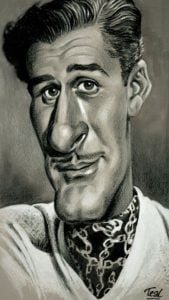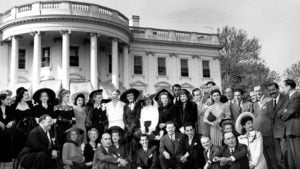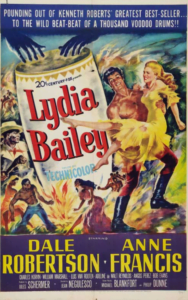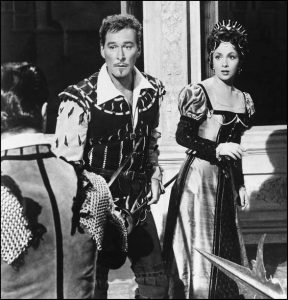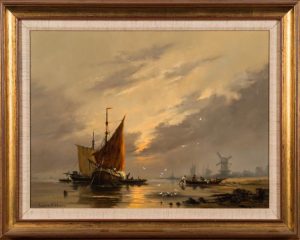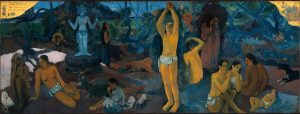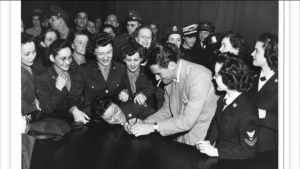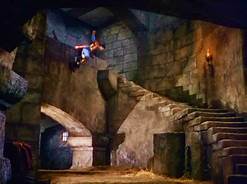
Dear fellow Flynn fans,
Semi Pro Baseball player Fred “Slugger” Graham was as fierce as they come when it came to fisticuffs on film.
But he will foremost be remembered for taking the fall for Basil Rathbone in “The Adventures of Robin Hood”.
First at the spiral staircase swordfight he broke his ankle and then the death plunge of Sir Gizmo (short for Guy of Gisborne) landed him in the hospital for good.
Yet he went on to cross knuckles with the likes of Roy Rodgers, Rex Allan and Jock Mahony (www.theerrolflynnblog.com…)
His give and take on screen brawling sounded like this:
“Fights came easy to me. My ideas to make fights look good on screen were to stay loose and relaxed, a little distance from your opponent, and throw punches. Never throw a punch at chin level because a good take makes it look like a miss. Throw (the punch) at the opponent’s eye level because a good take makes it appear like its right on the chin.”
When he met John Wayne at Republic Pictures, he`d see his prolific puglistic career prolongued as the number one go to fall guy for the Duke.
Had Cabot, another later year regular at Wayne westerns doublecrossed him like Flynn, he would have ended up caputt.
Enjoy,
— shangheinz
